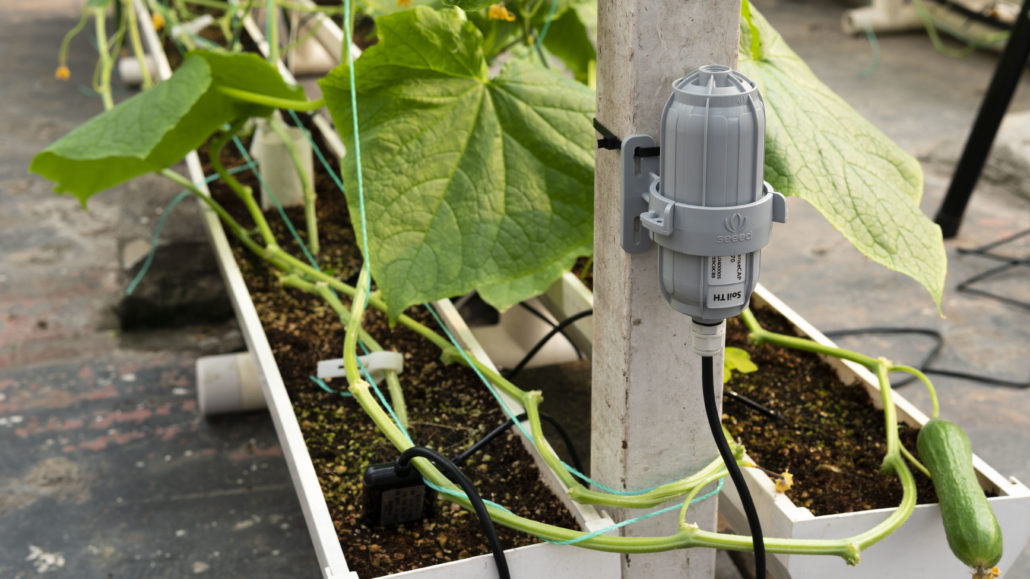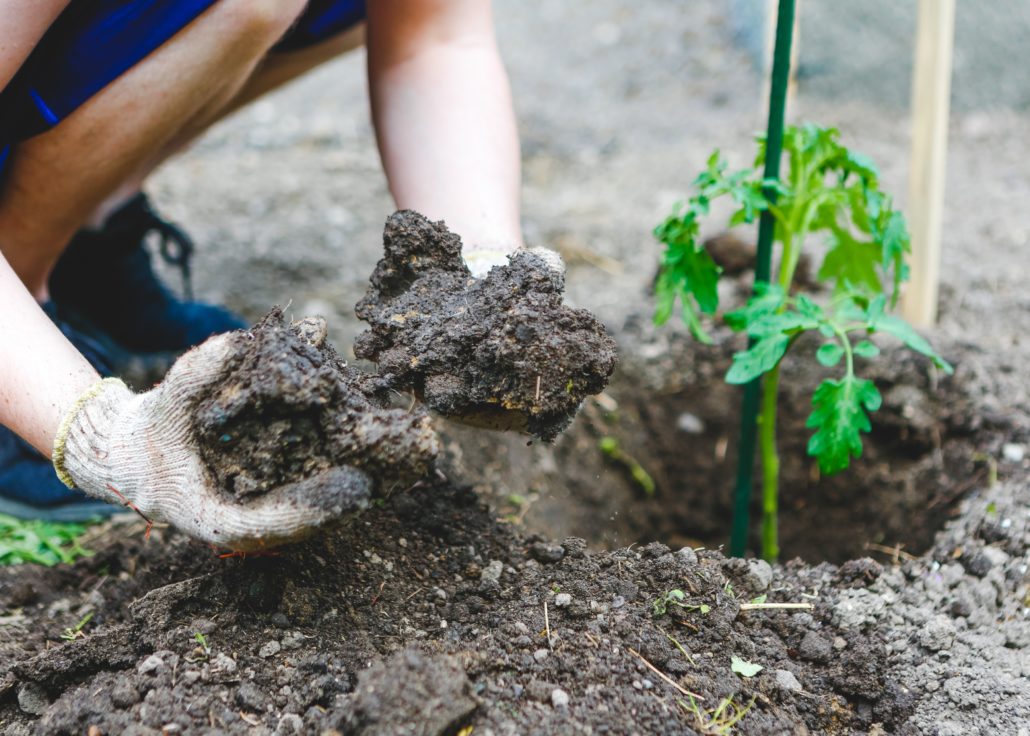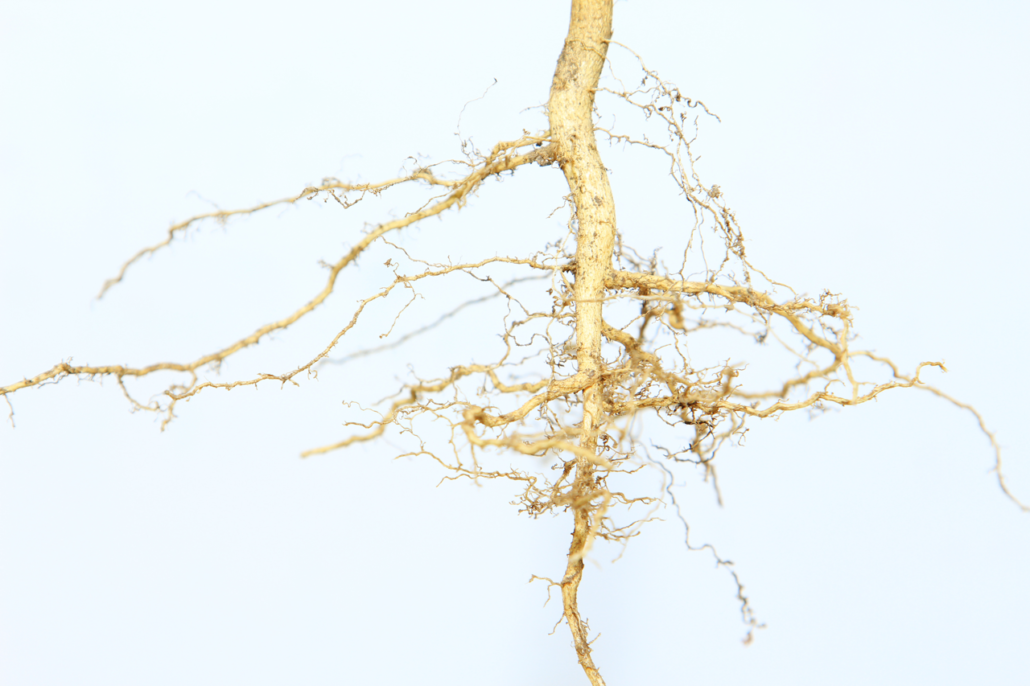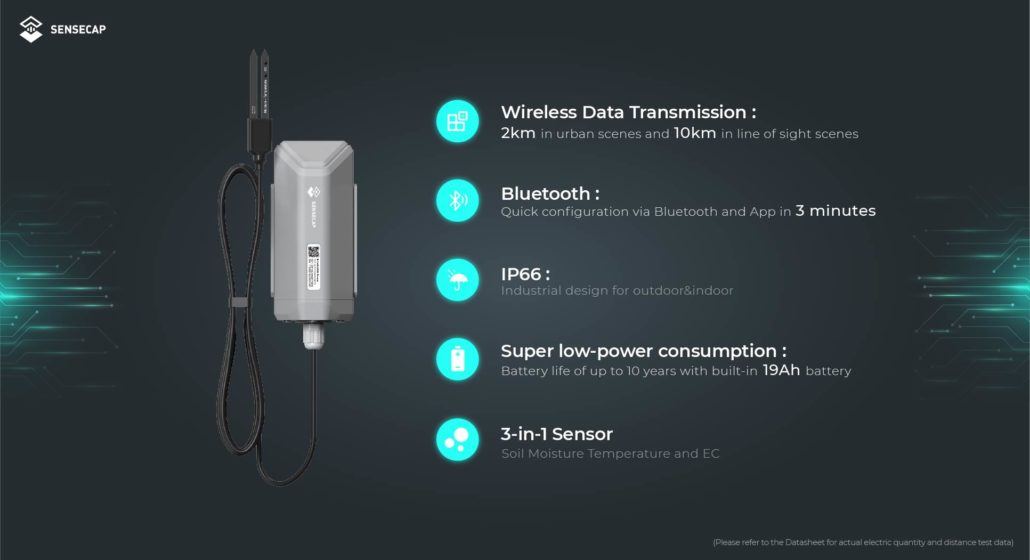Common Mistakes When Using Soil Sensor
The soil moisture meter is widely used in agricultural research and planting guidance. It is very convenient and can solve many problems in the production process through simple installation and use. While this may seem easy, there are surprisingly many traps that can lead to wrong measurement readings. Some people will find that the sensors they just installed have inaccurate readings, so what can we do if the soil sensor readings are not accurate? This article will discuss the error and solution through several points below.
1. Sensor is not completely in contact with the soil
As time pass by, wind and rainfall and other animal effects can expose the probe to the air. This results in the measurement being actually carried out in the air, which is often common. The actual reading value is completely from the air and not the soil. The reading values and expected values, in this case, are quite different.
There is also a situation that is more difficult to troubleshoot is that the sensor probe does not fully contact the soil. In fact, the soil sensor’s measurement value is an average of the values over the entire surface of the probe. If the sensor doesn’t touch the soil for a few millimeters, it can result in a drier than the expected situation. Air pockets deeper in the soil profile, such as those created by insect or animal nests, are a particularly difficult problem to overcome.
*Please try to keep your sensor as possible as close to the soil when you measure.

2. Preferential flow is a common issue
The preferential flow of water can be a problem. Preferential flow is a soil hydrology concept, which is a non-uniform flow phenomenon in which soil water and solute migrate rapidly along cracks, caves, root holes, etc., bypassing the soil matrix, and rapidly and intensively reach deep soil or groundwater. Avoid creating an easy flow path for water down to the sensor during the installation process.
*Mound soil above the detection point of the sensor to prevent the preferential flow of liquid

3. Plant Root and other things will disturb
Roots of plants and other objects in the soil also contribute to the measurement. Sensor installation spots should be representative of the rest of the field.

*Some areas with low water storage capacity, rocky areas, and areas with many dead plants are not suitable for installing soil sensors. Please also try to avoid places where the terrain is very high or low.
4. Temperature is also a factor.
This is a point that is easily neglected in soil moisture measurement, even by some experienced measurement operators. Most sensors actually measure the dielectric permittivity in the soil and this value is greatly affected by temperature differences. Therefore, the soil moisture value in the afternoon may be different from that at noon, it’s just because the dielectric permittivity is changed by the temperature and thus the read humidity value also changes.
When a series of data is continuously recorded on the data collector, we can easily find the changes. If there is no rainfall or artificial irrigation in an area during the day, the soil moisture is proportional to the temperature, then we can find that the soil moisture is related to the temperature.
*Good quality sensors, meters, and data loggers won’t have too many problems with temperature changes. Be sure to double-check your data, though, to correlate soil moisture with temperature.
5. Soil disturbance
Density, capacity for holding water, salinity, and soil electrical conductivity (EC), can also have an impact on the accuracy and measurement performance of soil moisture sensors. Density and capacity for holding water are easily changed by the external environment. The EC is also affected by temperature to some extent. Most soil moisture sensor manufacturers will indicate an error margin, but this margin of error is acceptable if your measurements are in soil for plant growth, horticulture, viticulture, or agriculture. If it is in scientific research experiments, we need more sophisticated instruments.
*In the actual operation process, in order to reduce the measurement error, it is necessary to reduce the disturbance to the soil. Any change in soil structure changes its density and water storage capacity, salinity, and EC. The best way to deal with soil that was disturbed during installation is to give it some time to recover its structure.

Seeed provides low-cost, Moisture, Temperature, and EC Sensors so you can check the Moisture, Temperature, and EC of your soil prior to measurements.SenseCAP S2105 Soil Temperature, Moisture, and EC Sensor satisfy industrial long-distance data acquisition with a wide range of 0 ~ 100% (m³/m³), -40 ~ 80℃, and 0 to 23 dS/m respectively. It enables low maintenance cost of its robustness, long battery usage, and built-in Bluetooth for OTA configuration and remote device management.
That’s it for this post. As always, we can’t wait to see what you make. Shoot us a tweet @seeedstudio, or let us know on LinkedIn, Discord, or publish your project on our Project Hub on Hackster. Please be safe out there, be kind to one another, and we’ll see you next month with even more exciting news!